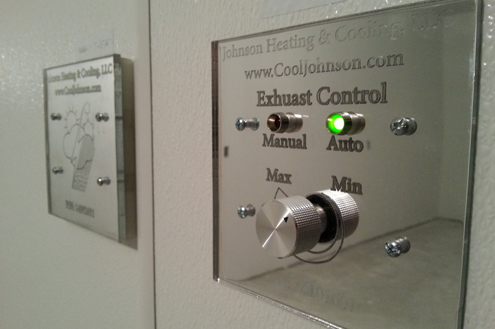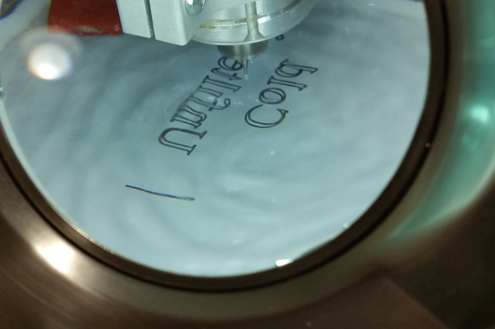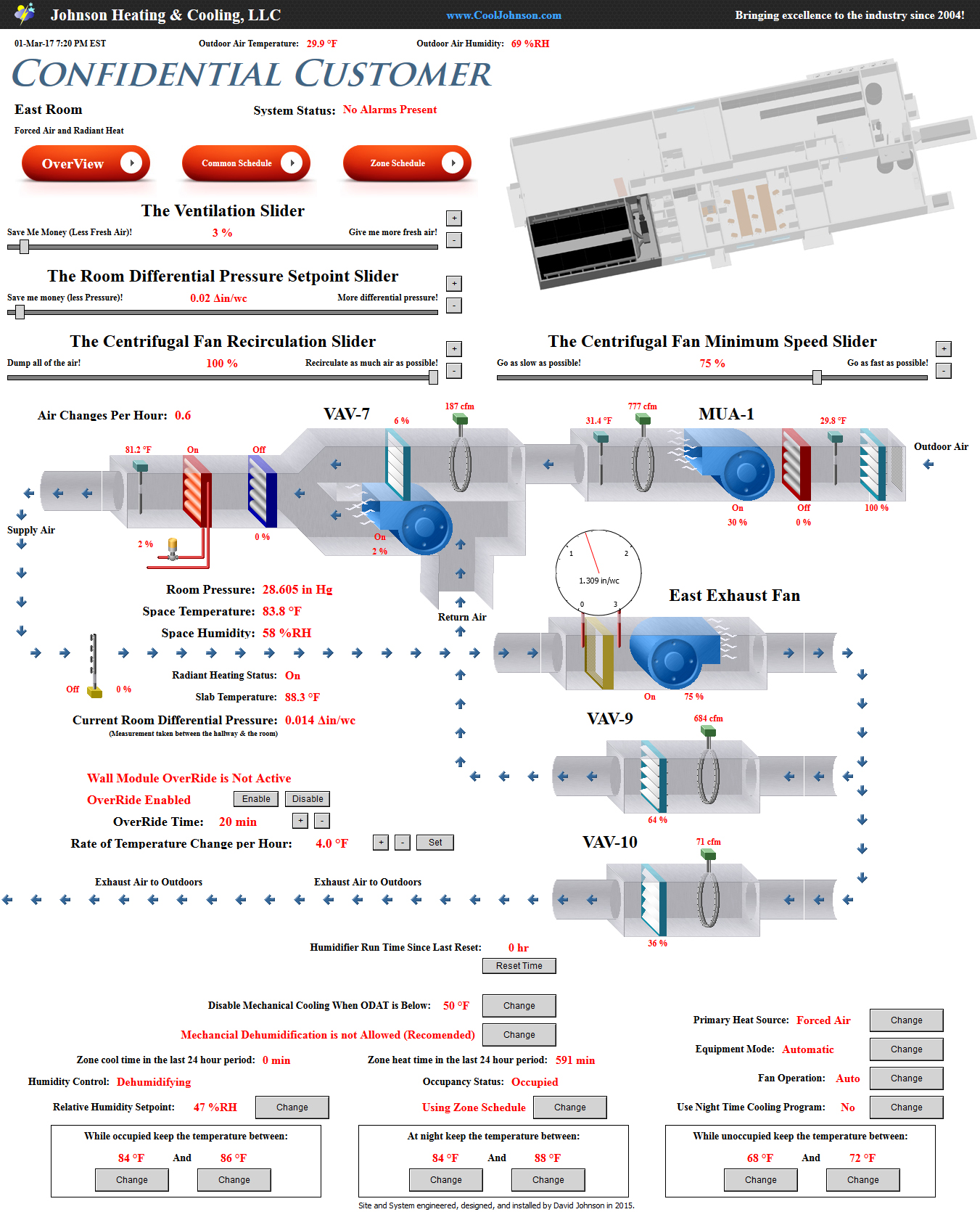





Confidential CustomerBuilding Automation
In 2014 Johnson Heating and Cooling L.L.C. was contracted to engineer mechanical systems and install a building automation system for a "systems critical" bio-medical facility in Michigan. A large part of the work involved keeping viruses out of the structure.
BAS Page
Talk about weird requirements! Room pressure control, air power that can keep door shut to very strong men, HEPPA filters that catch viruses, and redundancy like crazy. This customer requested anonymity to protect trade secrets, so we will respect that request and simply highlight some of the interesting aspects of the project.
We were asked to design and build mechanical systems for an unusual application- primarily keeping viruses and bacteria from entering the structure. The system needed to be robust, and also had some other fascinating requirements. The first thing that we did was to gather a group of design professionals and hash out some ideas about how best to design the systems. After having half a dozen guys brainstorm ideas, a late morning breakfast out, and after each having several cups of coffee, the project’s mechanical systems started to come together into one cohesive plan. We decided that in-floor heating would provide a fantastic thermal mass to buffer temperatures in case of mechanical failures in the winter, and also, that a common direct fired makeup air unit could provide emergency heating in the event that the boiler failed. Building automation would be the focal point to control the systems and cause the mechanical systems to run like one finely tuned machine- each component and sub-system acting in harmony with all other componets and sub-systems.
There would be fan-powered VAV’s and German-made centrifugal exhaust fans to filter and to exhaust the air. Room pressures would be articulately controlled by the mechanical equipment via variable frequency drives (VFD’s) and the automation system which inputted differential pressure readings between rooms, as well as many other values. The computer code controlling the modulation of fans, dampers, and other equipment was like setting up a house of cards that was glued together with super glue. One value was reactive to another in the code, but the values all would flex with each other such that the system was always reactive and precisely controlled. The computer code was so intense in fact that the server- the highest end “normal” server produced by our supplier- was practically maxed out on it’s processing power and it’s memory. This might sound trivial because there are a lot of servers out there, but to put it in perspective; we loaded a $5,000 server completely up with code. All aspects of the code were tuned and essential, and the “operation critical” facility has never failed due to automation system failure. The automation system featured “home run” style wiring routes to a control panel located in the mechanical room. This method of installing automation systems is labor intensive, but is also the most robust type of system design- by far. Copper wire is much more reliable than wireless or networked communication to remote IO. We always prefer hard wired connections because that is the highest quality job that can be done. Two cabinets loaded with controls, four VFD’s, and one touch screen monitor were all mounted one component right next to the other. Five communication networks were installed for server communication, remote IO, equipment controllers, and directly to communicating equipment.

The mechanical engineering end of things featured very high output equipment, capable of keeping doors shut due to the extreme pressure differences between rooms, yet equipment control so precise that energy bills were extremely low once the project was completed. Several layers of redundancy ensures that facility operations can continue unimpeded even if multiple subsystems fail at the same time. Humidity control was accomplished with proportional integral derivative (PID) equations modulating humidifiers which receive variable input commands from the building automation system. Of course, the PID’s had a measure of predictability tuned such as to eliminate over-shoot.
To greatly reduce cost and increase finished job quality we manufactured custom components. Refractive light humidity sensors where used to provide humidity readings. At the time, refractive light humidity sensors were so new that they were not commonly available to those in the HVAC and controls industries. Using a CNC machine and a 3D printer we manufactured our own backlit sensor modules which contained an absolute pressure sensor, a refractive light humidity sensor, a temperature sensor, and an LED for backlighting the engraved acrylic.
The VAV’s sported variable speed ECM motors, fresh air intake dampers, supply air temperature sensors, refrigerant based cooling, and hydronic heating coils. Also notable, flow rates to the reheat coils in the VAV's were controled using multiple differential pressure transducers. The buiding automation system would drive pumps and modulate proportional valves such that even the discharge air temperature could be precisely controlled. Basically, most things installed allowed for percise proportional control. The direct fired make-up air unit was designed to have a variable speed blower motor via VFD control and is a last line of defense in the event that there is significant sub-system failures.
Alarms alert to problems such as out of range humidity, out of range temperature, equipment failure, controls system component failure, etc.. The battery backup and wireless router provide for communications redundancy in case of power failure or if the internet connection fails. The touch screen interface in the mechanical room allows for easy access to the automation system if a computer or cellular phone is unavailable. All in all, the systems run like a well-oiled machine, all controlled via incredibly complex and advanced programing. The systems were designed to be very powerful in their maximum output, but while not sacrificing energy efficiency.